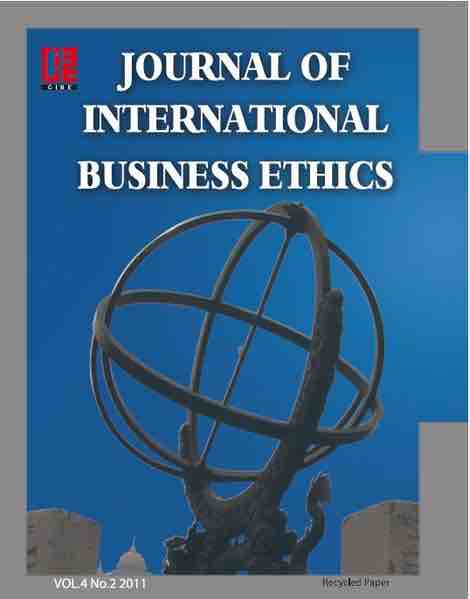Many organizations implement compliance and ethics programs to help guide the decision making and behavior of employees. Compliance with regulatory requirements and the organization's own policies are a critical component of effective risk management. Monitoring and maintaining compliance is not just to keep the regulators happy—it is one of the most important ways for an organization to maintain its ethical health, support its long-term prosperity, and preserve and promote its values.
On a more practical level, a compliance and ethics program supports the organization's business objectives, identifies the boundaries of legal and ethical behavior, and establishes a system to alert management when the organization is getting close to (or crossing) a legal or ethical boundary. Once an issue is detected, management must be prepared to respond quickly and appropriately to minimize the impact on the organization. The presence of compliance and ethics programs demonstrates an organization's commitment to creating a work environment and corporate culture that values doing what is right, good, and just.
Ethics training inside corporations is aimed at helping employees address the moral dimension of business decisions. Training for ethical decision making can include workshops, guest lectures, and manager/employee discussions. Most ethics training focuses on clarifying and communicating an organization's ethical code so employees understand what is expected. Some learning opportunities go beyond this to focus on how to take action when ethics are involved in a decision. Discussions of scenarios and role-playing exercises simulate real decision-making situations and provide practice in how to think through ethical considerations. Some ethics training will also cover the resources available to help employees when they face an ethical dilemma or suspect that someone in the organization has made an ethical breach.

Ethics are important
In every type of business, ethics are needed to keep business standards high.